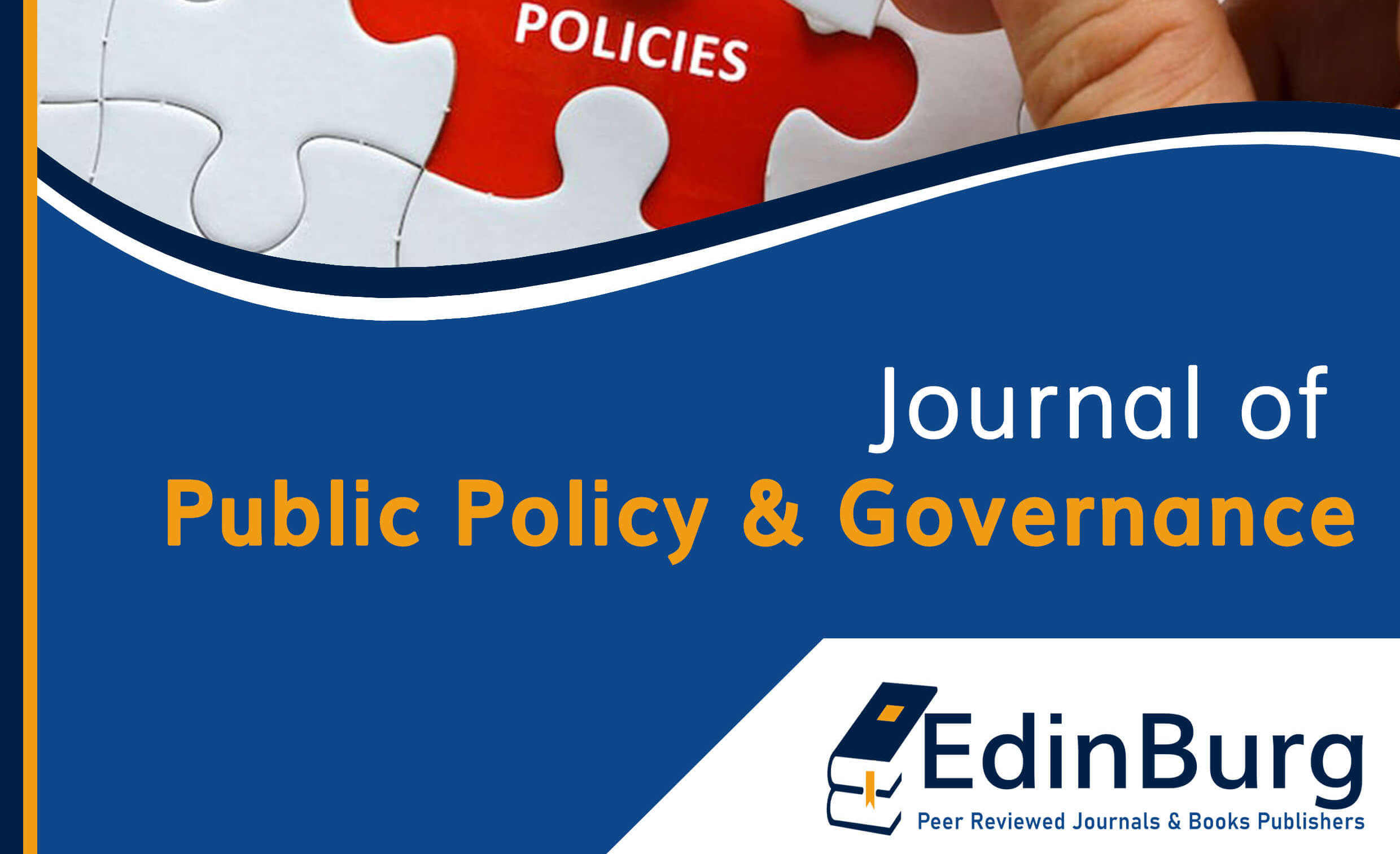Effects of Multi-Agency Collaboration on Maritime Surveillance along Mombasa Coast, Kenya
DOI:
https://doi.org/10.70619/vol2iss2pp1-20Keywords:
Multi-agency collaboration, organization structure, staff competency, information technology, information sharing, maritime surveillanceAbstract
The gap that exists in the reviewed literature depicts Maritime surveillance has attracted scant preview in local studies, therefore, it is in this context that this study intends to explore maritime surveillance. The study specifically addressed organization structure, staff competence, information technology, and sharing of information. A cross-sectional research design was employed using a target population of 294 participants from 7 maritime-related organizations. The sample size of maritime multi-agencies was determined using Yamane formula as a representation of the target population. Structured questionnaires were used in data collection. From the findings, majority of the respondents reported that organization structure affects the speed of decision-making within the maritime multi-agency. From the study, it was apparent that organizational structure affected the speed and accuracy of decisions; learning and growth culture within an organization was influenced by efficiency of information exchange within the multi-agency. Regression results showed that an increase in a presentation by one unit would have a corresponding unit in information technology and information sharing equivalent to 0.041 and 0.371 units respectively. Empirically the study affirmed information technology, information sharing, and staff competence a contribution on maritime (senior level and supervisors) in aligning employees’ tasks-based staff abilities and competency by establishing efficient information sharing systems hence enhancing efficient and effective maritime surveillance. The study therefore recommends the government to support the implementation of the maritime -multiagency policy framework to address Ad-hoc participation by maritime multi-agency. It also recommends that proper monitoring and evaluation mechanisms be implemented with sufficient resources to ensure that maritime surveillance is efficient and effective.
References
Ahmed, M. (2020). Navy steps up sea patrol to curb illicit trade. Business daily Africa.
Barshefsky, C. (2016). Review of maritime transport 2016. United nations conference on trade and development UNCTAD.
Busiega, J. N. (2016). Harnessing Maritime Security and Resource Exploitation: Role of Maritime Diplomacy in Kenya (Doctoral dissertation, University of Nairobi).
Career Transition Partnership. (2021). The Maritime Sector. The Maritime Sector Guide.
EMSA, E. m. (2018). European spacing images. Corpenicus maritime surveillance.
Galdorisi, G. (2014). Heterogeneous Autonomous Mobile Maritime Expeditionary Robots: Maritime Information Dominance. Naval Engineers.
IMO. (2015). Initial IMO GHG strategy. In Focus.
Karigithu, N. (2019). Capacity building (in terms of HR) is also the key to the governments' agenda due to creation of jobs and giving the youth tools and skills to participate in international shipping . Investing in critical infrastructure, port development key for blue economy.
Ki-Moon, B. (2016). Role of maritime transport as backbone of global economy.
Marcelo. (2021). A Constructivist Approach To Maritime Space. E- international Relations.
Mark. (2001). Maritime regime Building. Maritime regime Building.
Muindi. (1987). Role of shipping in Kenya's national development. The Maritime Commons.
Reva. (2021). 2022 Guidance note PWG, ATWG, ADWG,GD PWG. REVA 4 WFP 04/2021.
Rustomiee, C. (2017). Operationalizing the Blue Economy in Small States. Policy Brief No. 117.
Spotlight. (2019). Trends in African Maritime Security. Africa Center for Strategic Studies.
Tomasz. (2019). The Concept of Maritime Governance in International Relations.
Ugur Yetkin. (2013). "Revealing the change in the maritime security environment through Porter's Five Forces Analysis" Defence studies 13 no. 4. Military and Government collection.
Downloads
Published
How to Cite
Issue
Section
License
Copyright (c) 2022 Bukhala Levictus Makwaka , Dr. Wilson Muna

This work is licensed under a Creative Commons Attribution-NonCommercial-NoDerivatives 4.0 International License.





